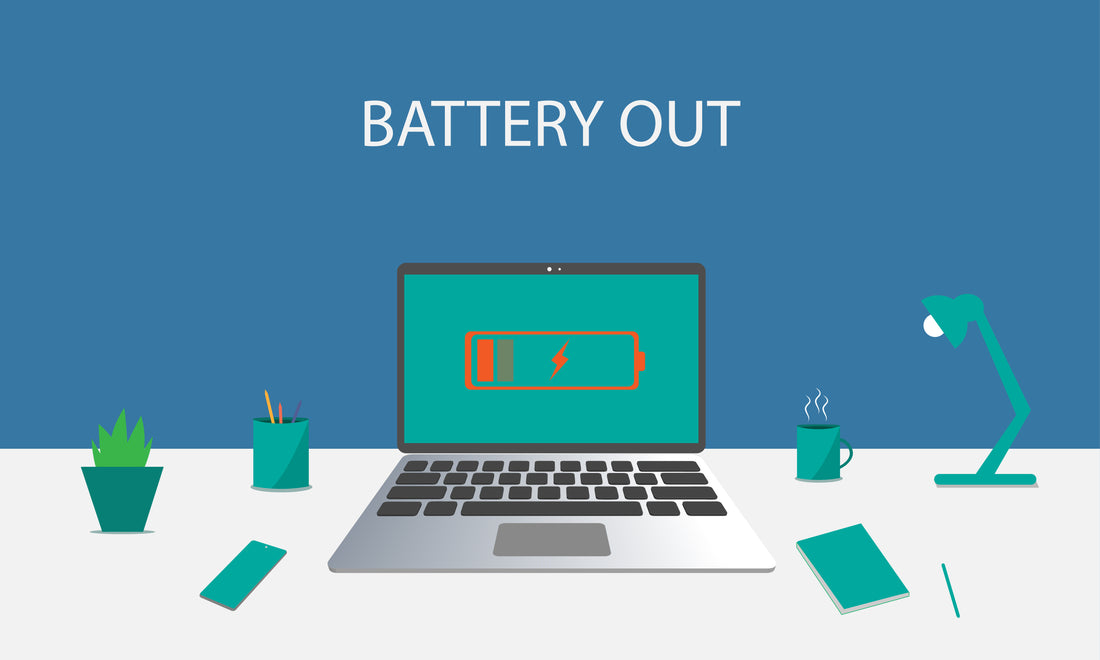Here's a quick and easy tutorial to check your laptop battery health. You can use these methods to get an idea of your battery's current status on Windows, macOS, and Linux.
1. Windows Battery Health Check
Method 1: Using Command Prompt
-
Open Command Prompt:
- Press Win + X and select Command Prompt (or Windows Terminal if you're using the latest version).
-
Run Battery Report Command:
- Type this command and press Enter:
- This command generates a battery report and saves it as an HTML file.
-
Access the Battery Report:
- After running the command, you'll see a file path. By default, it’s located in
C:\Users\[YourUsername]\battery-report.html. - Open the file in your web browser to view detailed information about your battery, including:
- Battery Design Capacity and Full Charge Capacity: Compare these to see how much charge your battery holds compared to when it was new.
- Cycle Count: The number of full charge/discharge cycles completed by your battery.
- After running the command, you'll see a file path. By default, it’s located in
Method 2: Using Windows Settings
-
Open Battery Settings:
- Go to Settings > System > Power & battery.
- Check the Battery Usage section to see recent battery drain patterns and if your battery is providing less runtime.
2. macOS Battery Health Check
Method 1: Using System Information
-
Open System Information:
- Click on the Apple menu > About This Mac > System Report.
-
Check Battery Health:
- In the left-hand menu, under Hardware, select Power.
- Look for Cycle Count and Condition:
- Condition may show as Normal, Replace Soon, Replace Now, or Service Battery based on battery health.
- Cycle count shows the number of full discharge cycles completed.
Method 2: Using macOS Battery Settings
-
Open Battery Preferences:
- Go to System Preferences > Battery (or Energy Saver on older macOS versions).
-
View Battery Health:
- Select Battery Health for a brief summary of your battery's current health and condition.
3. Linux Battery Health Check
Method 1: Using Terminal Commands
-
Open the Terminal.
-
Run Battery Health Command:
- Type the following command and press Enter:
- This command displays battery details such as energy, energy-full, and energy-full-design, which help you understand the battery’s current vs. original capacity.
-
Interpret the Results:
- Compare energy-full (current full capacity) with energy-full-design (design capacity) to assess health.
Method 2: Using acpi Tool (if installed)
-
Run acpi Command:
- In Terminal, type:
- This command provides detailed battery health info, including current charge, capacity, and status.
Tips for Interpreting Battery Health
- Design Capacity vs. Full Charge Capacity: Over time, Full Charge Capacity decreases from Design Capacity. A healthy battery should retain at least 80% of its original capacity after a couple of years.
- Cycle Count: Most laptop batteries are rated for around 300–500 cycles. Higher cycle counts can indicate reduced health.
This should cover all the ways to check your laptop’s battery health on popular operating systems. Let me know if you have more questions!

